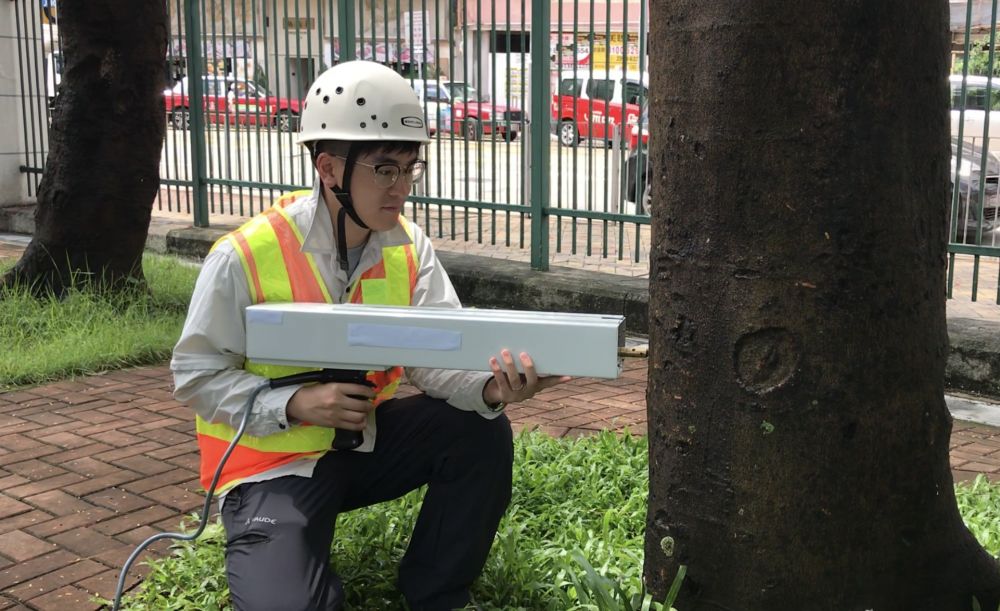How do you Inspect a Tree?
If you’ve ever had a tree fall on your home or other property, then you know how important it is to have a tree inspection. A tree inspection, also known as a tree risk assessment, is a thorough examination of a tree to determine if there are any potential risks to you, your property or others. Inspectors are trained to spot potential hazards that could put lives at risk and are licensed in most jurisdictions. They are also skilled in determining when it is best to leave a tree alone, and when it is best to take steps to prevent further damage.
As part of the licensing process, tree inspections must be carried out by licensed arborists who are trained and certified by the state to do so. “Look for all the symptoms and signs shown in this article, including how to spot a dangerous tree.” Use your sixth sense, knowledge, intuition, and experience based on years of experience to spot hazards. These are the most common hazards that you might encounter during a tree inspection.
– Tree structural damage. Tree roots can cause structural damage, which is usually determined by a tree inspection. Roots can get into the house’s exterior frame or the basement’s floor joist system. Roots can also enter the electrical system. This is why you should have a professional arborist inspect your basement and attic to check for potential electrical problems or have them do regular inspections.
– Winter tree inspections. If your local area has cold winters, there is a chance that trees will shed their needles during the winter season. This often occurs in late winter or early spring when leaves are changing color and dropping off. This does not mean that all branches are healthy. Conifers and spruces can usually be fine during winter.
– Pruning. Some states require arborists to inspect for structural problems related to pruning as well, and if a tree has had recent growth, it may not be appropriate to cut it. Many states don’t require structural pruning unless it is necessary to correct a defect or fix a defect, such as cracks. This could be problematic for certain types of trees, especially palms. If a tree is grown for a long time, it can have significant structural pruning effects, especially if it is young and growing quickly.
– Tree risk assessment. Before granting a permit to chop down trees, some states require that an arborist conduct a tree risk assessment. This assessor will evaluate the shape, size, and overall condition of the tree, looking for signs of disease, insect infestation, or structural damage. The report will also include any known threats to the tree’s future and life.
– Tree Inventory. The local governing body requires arborists to submit an annual report detailing the condition of their trees. This is known as the “Tree Inventory” in many states. This inventory usually includes information on tree health, tree inventory costs, and recommendations for tree care practices.
Arborists and property owners can save many problems by having trees inspected. Trees should be inspected periodically for conditions that can compromise health, aesthetic values, or safety. By identifying problems before they become severe, tree inspections can help stop decay before it starts and improve quality of life. This can increase property value, cut costs, and reduce safety hazards.
A fully qualified arborist should have a background in tree surveys. A fully qualified arborist is one who has received a state license and has been in business for at most five years. They also specialize in tree care. States may require additional licenses for tree surgeons and aerialists who perform surgery. Tree surveys should be conducted by a fully qualified arborist or, in the case of aerial work, by an experienced aerialist and surveyor.
Many places offer free tree inspections and/or tree inventories. Many state agencies and local nurseries conduct tree inspections and publish informational brochures that detail the condition of trees. If you have any concerns about the health or condition of your trees, they may be able to refer you to a local arborist.
In most cases, tree inspections are done only once per year. Tree-boring clubs sometimes schedule inspections of their members’ trees twice a year. Arborists may also be trained in tree surveys and conduct regular tree inventories. The cost to inspect your trees will vary depending on where they are located, their size, how many trees are being examined, and the services being offered.

